Description
The Edgar’s Baby dragon fruit (Hylocereus stenopterus × Hylocereus guatemalensis), developed by horticulturist Edgar Valdivia, is a hybrid variety celebrated for its unique green-skinned, purple-fleshed fruit and delightful flavor.
1. Basic Overview
- Variety Name: Edgar’s Baby
- Species: Hylocereus stenopterus × Hylocereus guatemalensis
- Origin: This hybrid was created by Edgar Valdivia, a fruit cultivator who named it after himself, recognizing its special qualities.
- Significance: Edgar’s Baby is notable for its green skin and vibrant purple flesh, offering a sweet and tangy flavor. Its unique appearance and taste make it a sought-after variety among dragon fruit enthusiasts.
2. Visual Appeal
- Whole Fruit: The fruit features a distinctive green skin with prominent scales, which can make it challenging to determine ripeness based solely on external color.
- Cross-Section: Upon slicing, it reveals vibrant purple flesh speckled with tiny black seeds, creating a striking contrast against the green exterior.
- Flowers and Plant: The plant produces medium-sized white flowers with outer petals displaying shades of white, yellow, and green. The flower buds are solid green, similar to those of the Asunta series.
3. Physical Characteristics
- Skin Color and Texture: The mature fruit retains its green skin, which can make it difficult to determine ripeness. However, as it ripens, some red coloration may bleed through the skin.
- Flesh Color: Vibrant purple.
- Fruit Size and Shape: Fruits typically weigh between 0.75 to 1 pound, with an oval to round shape.
- Seed Distribution: Numerous small black seeds are evenly distributed throughout the flesh, adding a subtle crunch to the texture.
4. Taste Profile
- Flavor Description: Edgar’s Baby offers a sweet and tangy flavor, with the flesh described as juicy and reminiscent of juicy fruit candy.
- Sweetness Level: The fruit has a Brix rating ranging from 15 to 19, indicating a moderate to high level of sweetness.
5. Growing Characteristics
- Climate Requirements: Thrives in tropical to subtropical climates, preferring full sun to partial shade. It is sensitive to frost and requires well-draining soil.
- Plant Type: The plant exhibits growth characteristics similar to Hylocereus undatus, with three-sided bright green stems and small spines. It is a climbing cactus that benefits from support structures.
- Flowering Habits: Flowers are nocturnal, opening at dusk and closing at sunrise, typically blooming from late spring to early summer. The stigma is notably distant from the anthers, necessitating cross-pollination.
- Pollination: Edgar’s Baby is self-sterile and requires pollen from a compatible variety, such as Hylocereus undatus, to set fruit.
6. Cultivation Tips
- Soil Requirements: Prefers well-draining, sandy soil rich in organic matter. A cactus mix can be beneficial.
- Sunlight and Temperature Needs: Requires full sun to partial shade. Protect from frost and provide adequate warmth for optimal growth.
- Watering Needs: Water moderately, allowing the soil to dry out between waterings to prevent root rot. Reduce watering during cooler months.
- Support Structures: Provide trellises or stakes to support the climbing habit and encourage proper growth and air circulation.
7. Harvesting and Productivity
- Harvest Time: Fruits typically ripen 30 to 35 days after flowering. Due to the green skin, determining ripeness can be challenging; look for subtle red coloration bleeding through the skin as an indicator.
- Yield per Plant: With proper care, a mature plant can produce multiple fruits per season, with potential for several fruiting cycles annually.
- Ripening Indicators: In addition to color changes, the fruit may yield slightly under gentle pressure when ripe. Keeping track of the flowering date and counting the days to harvest can aid in determining ripeness.
8. Uses and Applications
- Culinary Uses:
- Edgar’s Baby is versatile in the kitchen, enhancing smoothies, fruit salads, desserts, or simply eaten fresh.
- Its vibrant purple flesh adds visual appeal to dishes, making it an excellent choice for garnishes or exotic fruit platters.
- Nutritional Benefits:
- Packed with antioxidants, vitamin C, and dietary fiber, this variety supports overall health and boosts the immune system.
- Ornamental Uses:
- The plant’s stunning flowers and unique green-skinned fruit make it an attractive addition to gardens and landscapes.
9. Fun Facts
- Unique Ripening:
- Unlike most dragon fruit varieties, Edgar’s Baby retains its green skin even when ripe, with minimal color changes, making ripeness determination more challenging.
- Small Yet Impactful:
- Despite its relatively compact size compared to other varieties, Edgar’s Baby is known for its exceptional flavor and vibrant flesh color.
- Rare Hybrid:
- This variety is considered a rare hybrid, highly sought after by collectors and enthusiasts.
10. Comparison Chart
| Variety Name | Flesh Color | Skin Color | Average Weight | Brix Rating | Pollination |
| Edgar’s Baby | Purple | Green with minimal red | 0.75–1 lb | 15–19 | Self-sterile |
| American Beauty | Magenta | Pink-red with green fins | 0.75–1.5 lbs | 18 | Self-fertile |
| Physical Graffiti | Pink | Pink with green fins | 0.75–1.25 lbs | 18–20 | Self-sterile |
11. Frequently Asked Questions (FAQs)
- Is Edgar’s Baby dragon fruit self-pollinating?
- No, Edgar’s Baby is self-sterile and requires cross-pollination with another compatible variety to set fruit.
- How do I know when Edgar’s Baby dragon fruit is ripe?
- Determining ripeness can be tricky due to the green skin. Look for slight redness or count 30–35 days after flowering for the best results.
- What is the best climate for growing Edgar’s Baby?
- This variety thrives in tropical to subtropical climates with full sun to partial shade. Protect it from frost and ensure the soil is well-drained.
- How does Edgar’s Baby compare to other purple-fleshed varieties?
- Edgar’s Baby is unique for its green skin and sweet, tangy flavor. Its compact size and rich color make it distinct from larger varieties like Purple Haze or Sugar Dragon.
12. Reviews/Testimonials
- User Reviews:
- “Edgar’s Baby is one of the most unique dragon fruits I’ve grown. The green skin makes it a challenge to harvest at first, but the flavor and vibrant flesh are worth the effort.”
- “A smaller variety with a big impact—Edgar’s Baby always steals the show with its gorgeous purple flesh and delicious taste.”
- Grower Testimonials:
- “This variety produces some of the most vibrant and marketable fruits I’ve seen. It’s a bit tricky to judge ripeness, but its flavor makes it a customer favorite.”
- “Edgar’s Baby grows reliably and produces consistently flavorful fruit. The flowers are also a stunning addition to my garden.”


Reviews
There are no reviews yet.